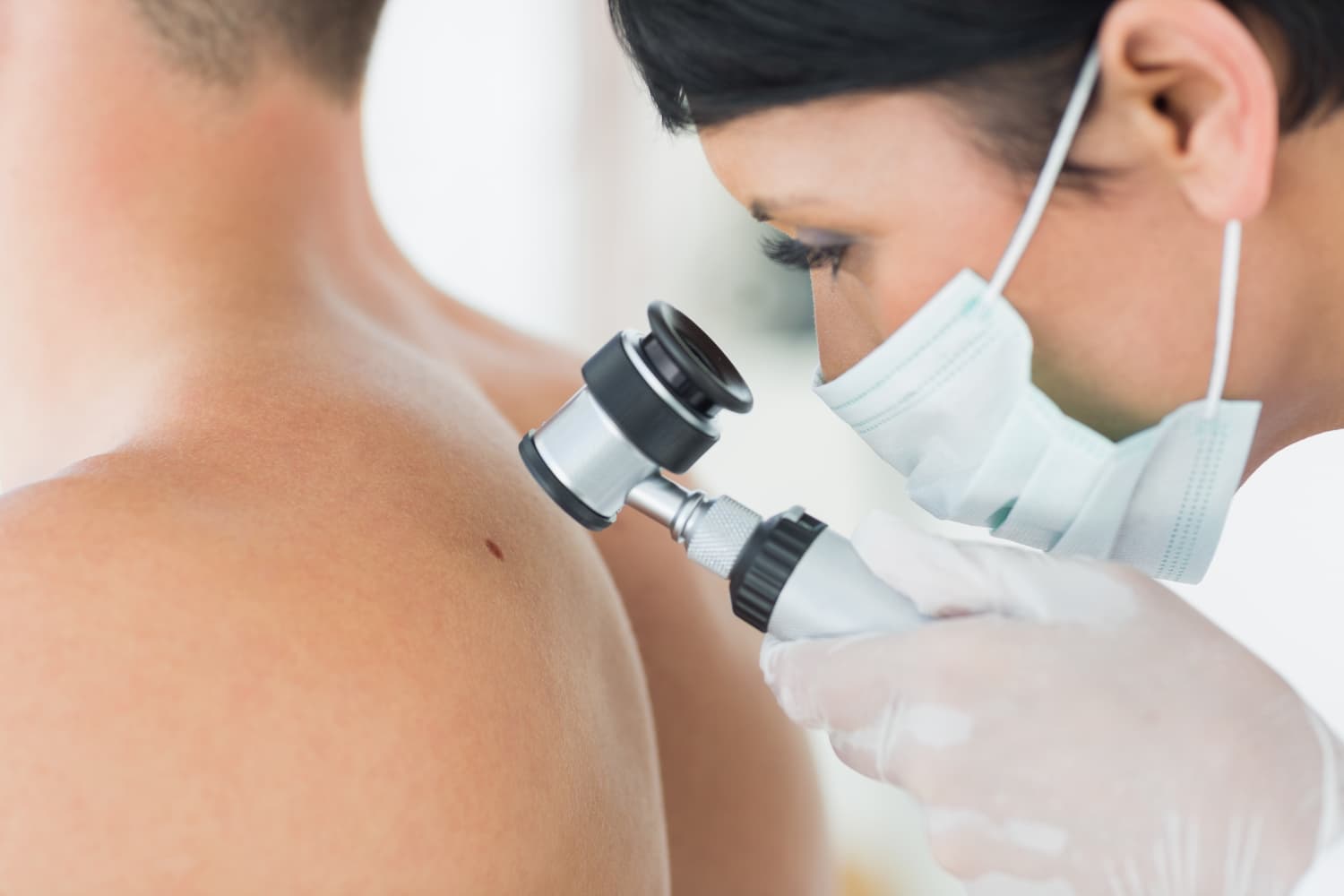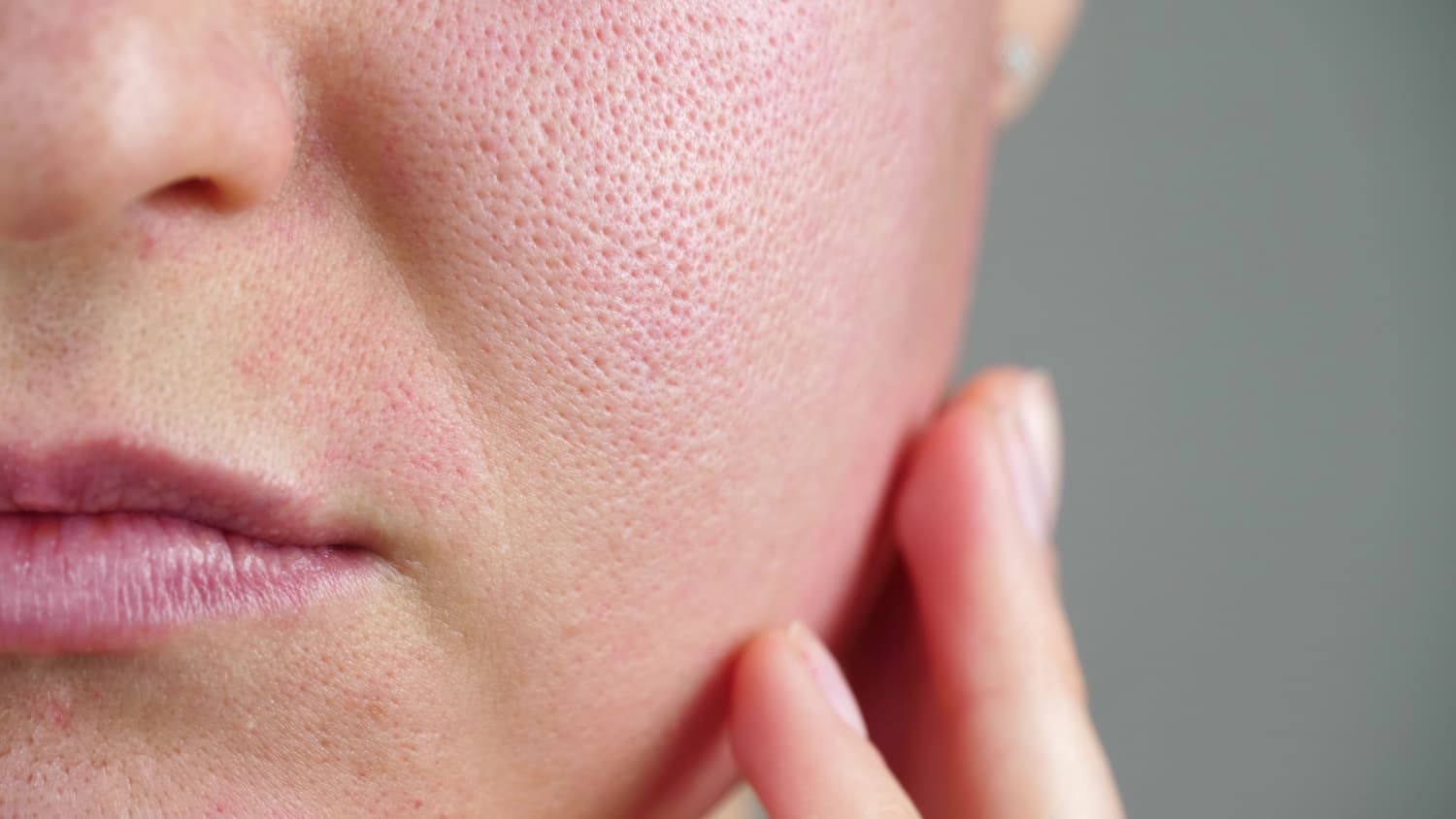October is Breast Cancer Awareness Month and with the attention being focused on detection and prevention, we hope the same will go for skin checks. Over the past three decades, men, women, and children have acquired a greater understanding of this terrible disease. But did you know studies have shown breast cancer patients also have an increased risk of skin cancer—including the deadliest form, melanoma?
During this time, there is much valuable discussion about prevention, treatment, and research and our dermatologists say an exam for breast cancer should go hand-in-hand with a full-body skin exam for possible signs of melanoma. “My hope is that women will get into the habit of scheduling a full-body skin exam when they schedule a mammogram,” said Dr. Averitte, chief executive officer and managing partner of Affiliated Dermatology. “Melanoma is the deadliest form of skin cancer and more likely than other types to invade tissue and spread to other parts of the body.”
A Bidirectional Correlation: Breast Cancer & Skin Cancer
In Arizona, we are all mindful of the impact the sun has on our skin. We wear hats and sunblock, search for shade, and get annual mole checks. But very few people realize the correlation between breast cancer and skin cancer. Simply put, the diagnosis of one of these cancers significantly increases the risk of the other. While reasons for the association are not completely understood yet, we know there are amplified risk factors that play a role in the connection. Radiation treatments, hormone changes during therapy, a biological or genetic link, and environmental factors may all play a part in the breast/skin cancer connection.
We hope to continue to expand the conversation to include full-body skin exams because research supports the bi-directional melanoma-breast cancer link: the diagnosis of one, increases the risk of the other. A 2004 study done by the International Journal of Cancer and a 2011 study published in the Archives of Dermatology analyzes instances of melanoma as a second cancer and researchers found a similar increase in risk levels:
- Breast cancer survivors were 16 percent more likely to develop melanoma than women who had never had breast cancer.
- Young breast cancer patients experienced a 46 percent elevated risk.
- Women who underwent radiation therapy exhibited a 42 percent increased risk.
- Female breast cancer survivors under the age of 45 had a 38 percent increased risk of developing melanoma.
- Female breast cancer patients over the age of 45 had a 12 percent increased risk.
All breast cancer patients should be made aware of the significance of changing moles and those with suspicious lesions referred to a dermatologist for evaluation. Affiliated Dermatology’s Dr. Christine Lin is also hoping to raise awareness for skin checks, especially for breast cancer survivors. She says these survivors are at higher risk of developing melanoma. “For breast cancer survivors that are over the age of 45, they have a 12 percent increased risk for developing melanoma and that risk is 38 percent for breast cancer survivors that are under the age of 45. Women who have had radiation therapy, for them that risk increases even further.”
One patient knows the dangers all too well when she was diagnosed with breast cancer and had five tumors in her right breast. Soon after, she had a bilateral mastectomy, and shortly after that, she got her skin checked. “I came in and had five mole biopsy and two of them came back as pre cancerous,” she said. Dr. Lin says these moles could have turned into melanoma if it wouldn’t have been for early detection and although they don’t know the direct melanoma-breast cancer link, “It could be underlying genetic mutations. It could be environmental factors it could be behavioral factors.” The numbers are just too high to risk it. “You need to get your skin checked. If you’re going to get your mammogram, you need to get your skin checked too. It doesn’t matter what pigment your skin is, there can be a mole that can turn into something and it’s better to be safe than sorry,” said the patient.
Melanoma Risks
Cancer of the skin is by far the most common of all cancers and melanoma accounts for only about 1% of skin cancers but causes a large majority of skin cancer deaths. Melanoma is on the rise and is the most common and deadliest form of cancer. The rates of melanoma have been rising rapidly over the past few decades and the American Cancer Society’s estimates for melanoma in the U.S. for 2020 are:
- About 100,350 new melanomas will be diagnosed (about 60,190 in men and 40,160 in women).
- About 6,850 people are expected to die of melanoma (about 4,610 men and 2,240 women).
The risk of melanoma increases as people age. The average age of people when it is diagnosed is 65. But melanoma is not uncommon even among those younger than 30. In fact, it’s one of the most common cancers in young adults (especially young women). Melanoma is more common in men overall, but before age 50 the rates are higher in women than in men. While these findings are astonishing, they should encourage us all to be advocates for early detection and preventative care of our bodies.
The “ABCDEs” Of Melanoma
Our skin cancer experts continue to encourage people to share the “ABCDE” tool with their friends and family. Just like self-exams for breast cancer, this skin cancer tool created by the American Academy of Dermatology is designed to help catch problems early. Consult your dermatologist right away if any moles or pigmented spots exhibit any of the following:
- A = Asymmetry. One half does not match the other.
- B=Border. The edges are irregular or poorly defined.
- C=Color. The color varies or has shades of tan, brown or black.
- D=Diameter. Melanomas are usually bigger than 6mm (the size of a pencil eraser) when diagnosed but can be smaller.
- E=Evolving. A mole or lesion that is changing in size, shape, color or looks different from the others.
Although breast and skin cancer are frightening diseases, early detection is the key to a long-term survival rate. Dermatologists are hopeful that, with increased awareness, women will get into the habit of scheduling a full-body skin exam every time they schedule a mammogram. Breast cancer patients should be vigilant in monitoring skin changes and moles with regular self-exams and annual visits to their dermatologist for full-body skin exams. Additionally, women diagnosed with skin cancer should be diligent about doing monthly self-breast exams, scheduling their annual mammogram, and notifying physicians of their complete medical history.






